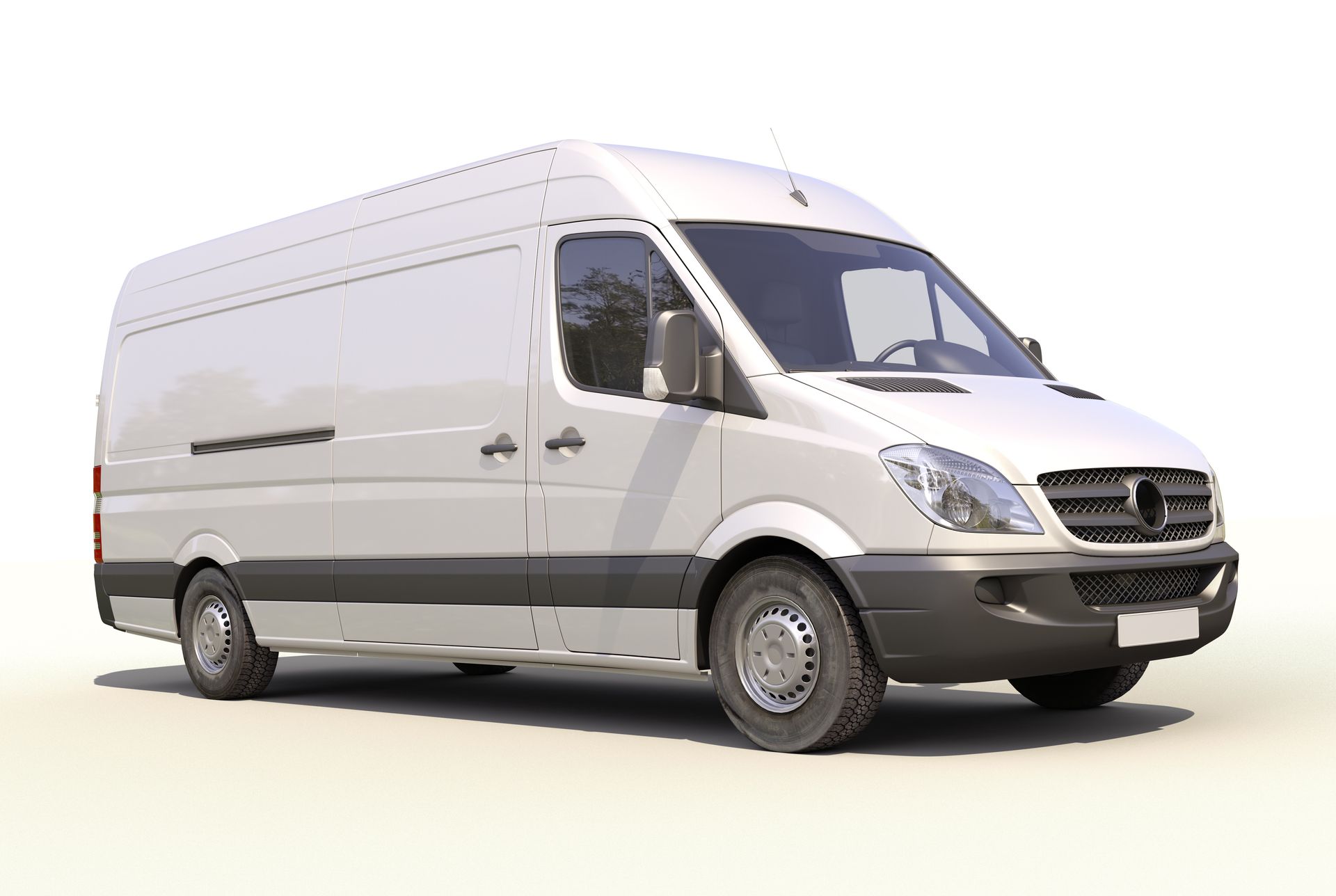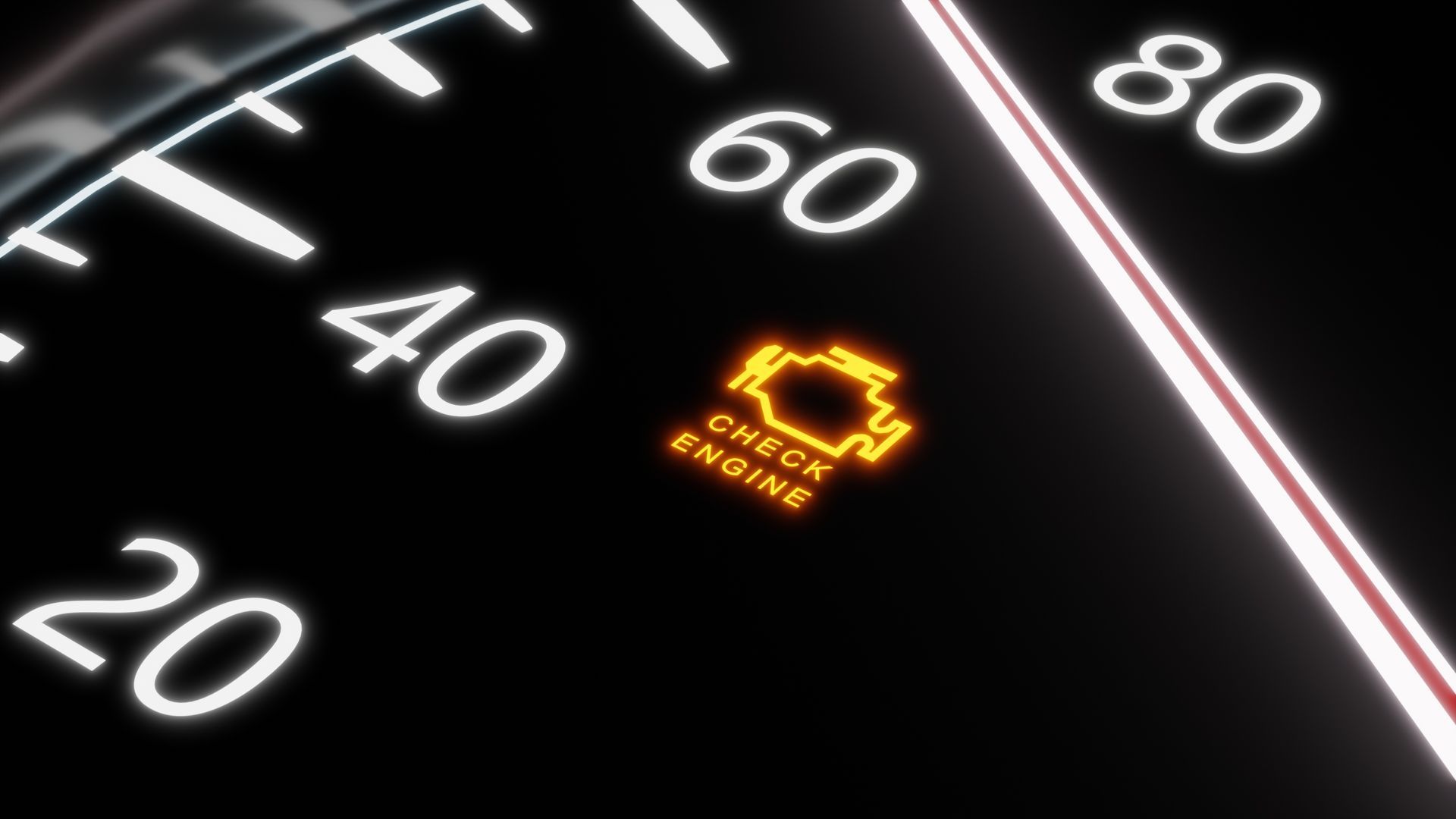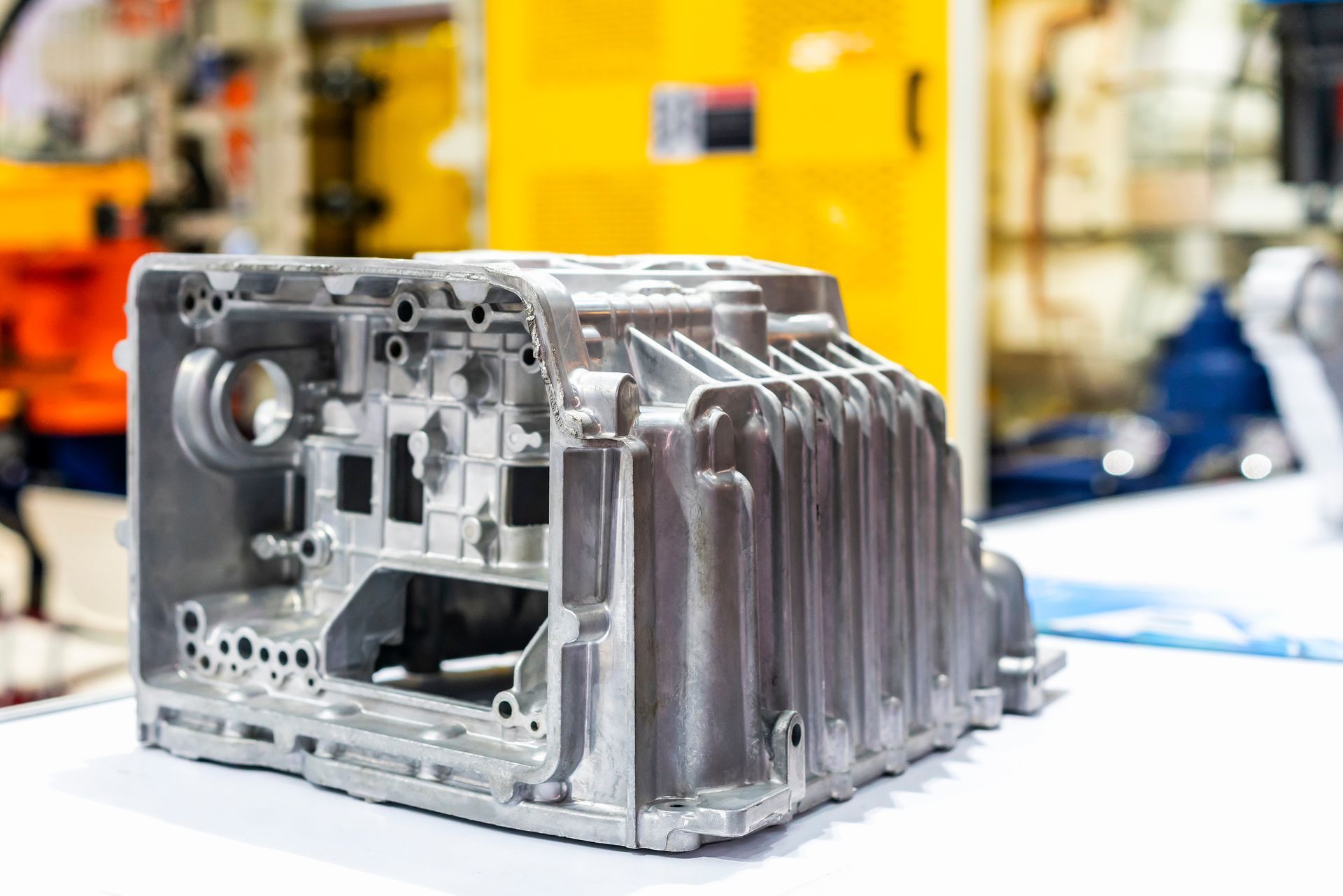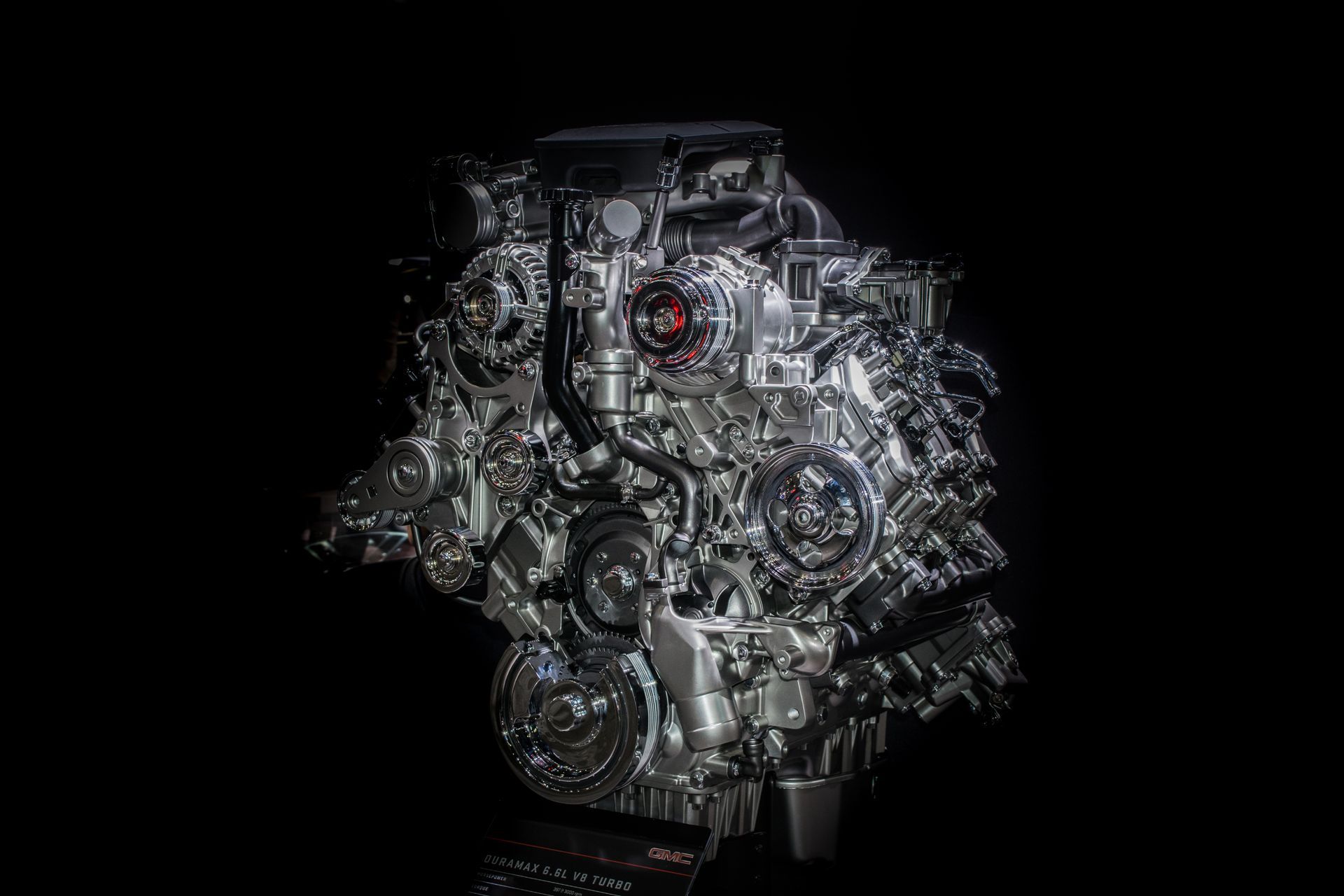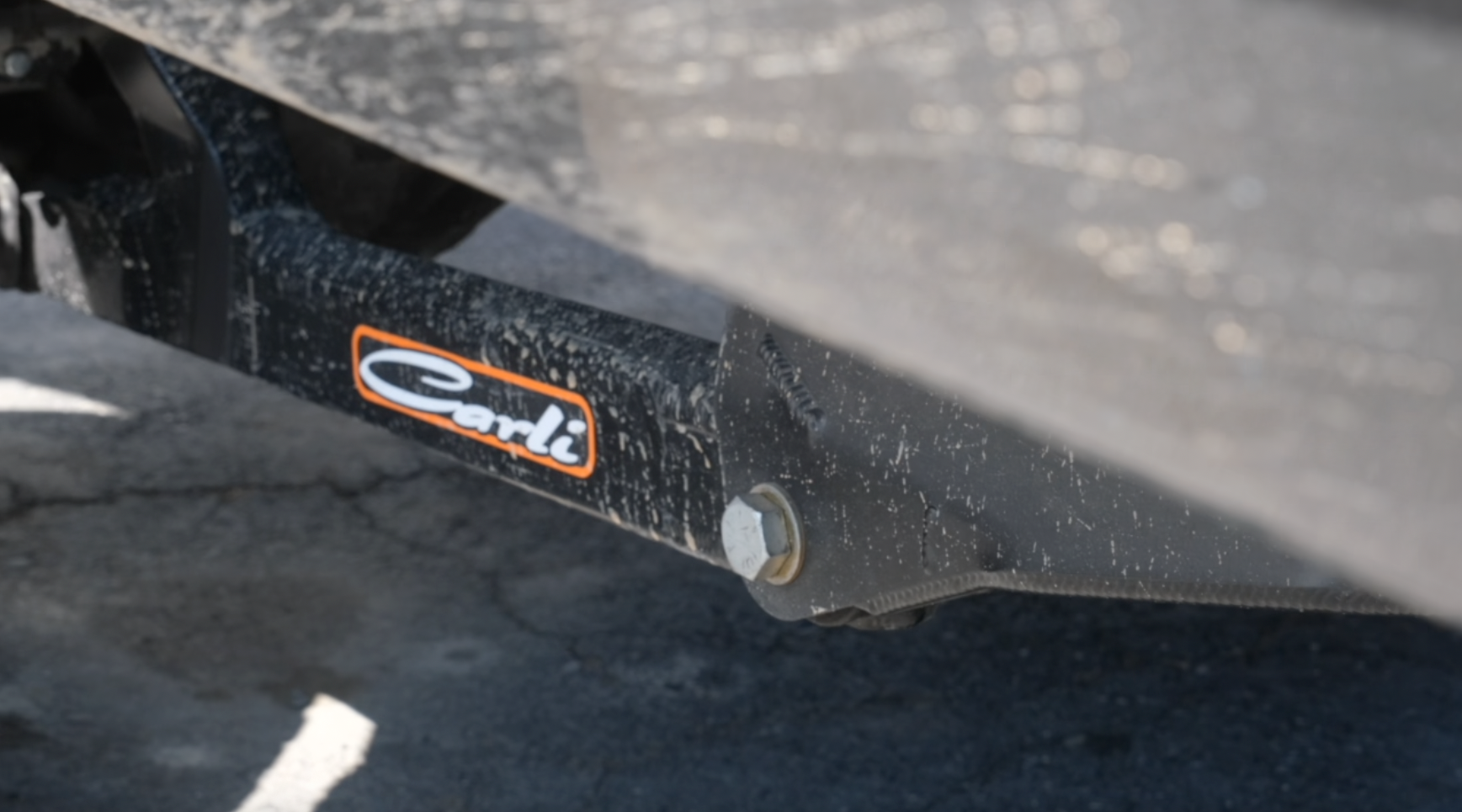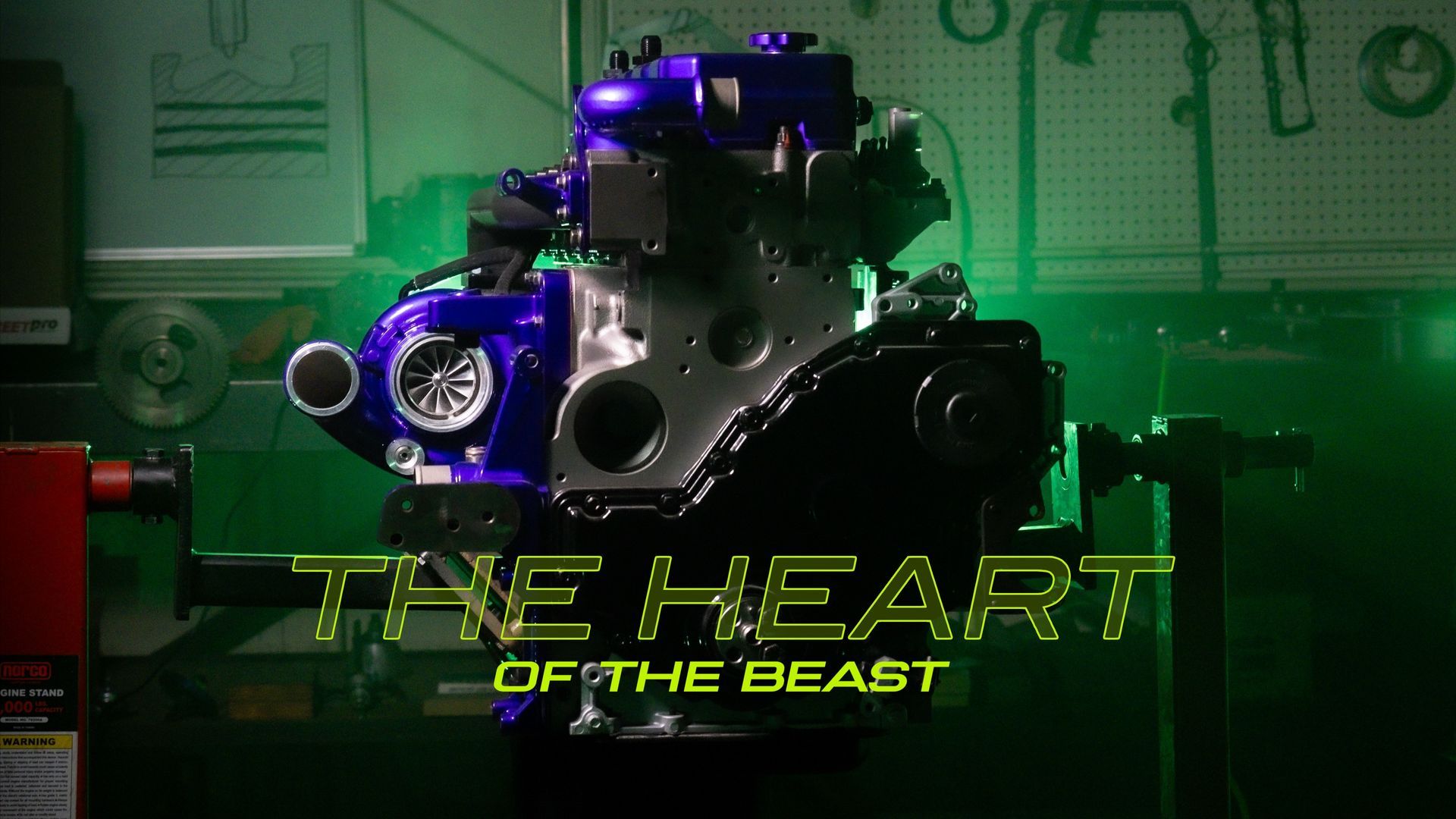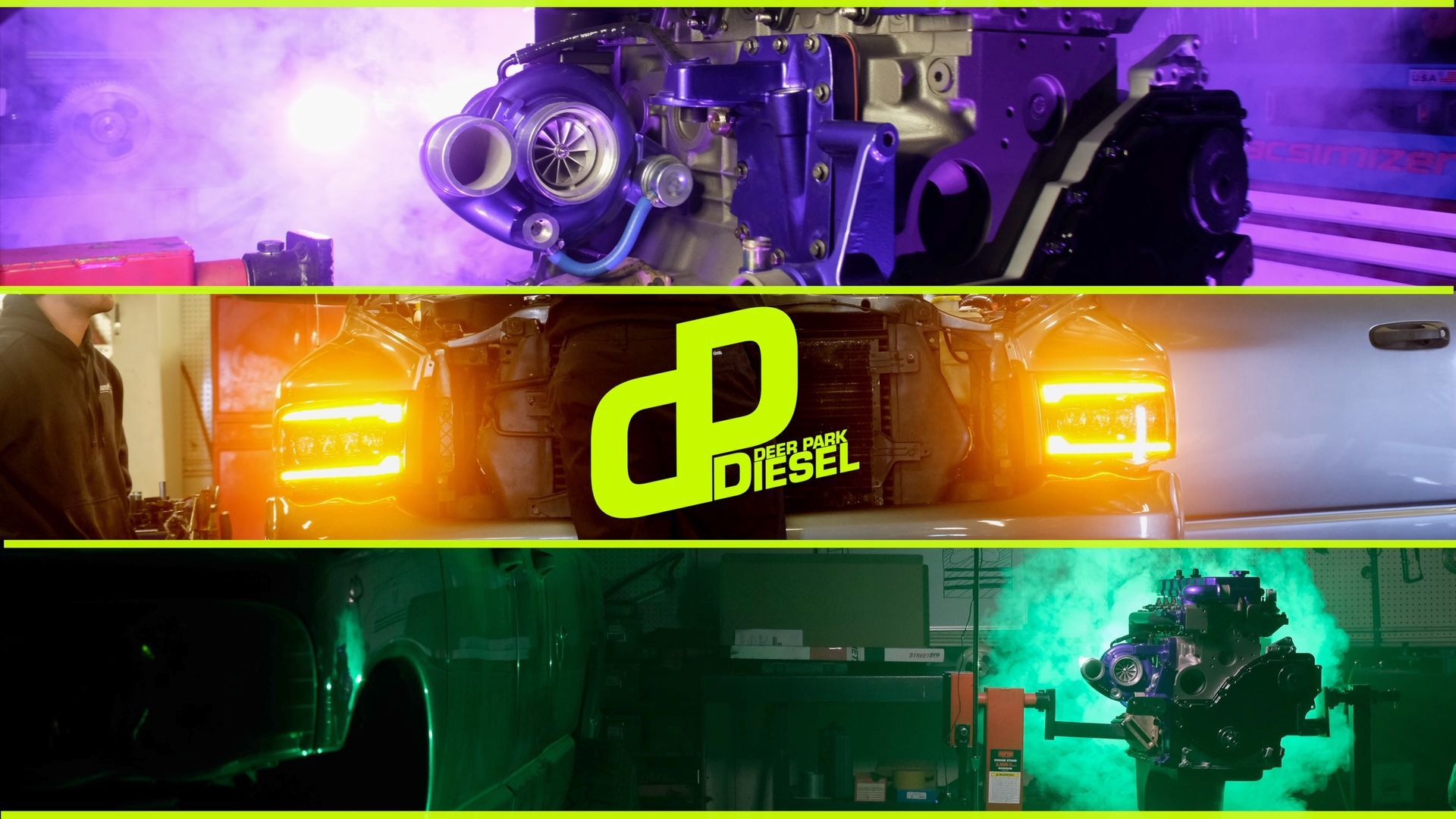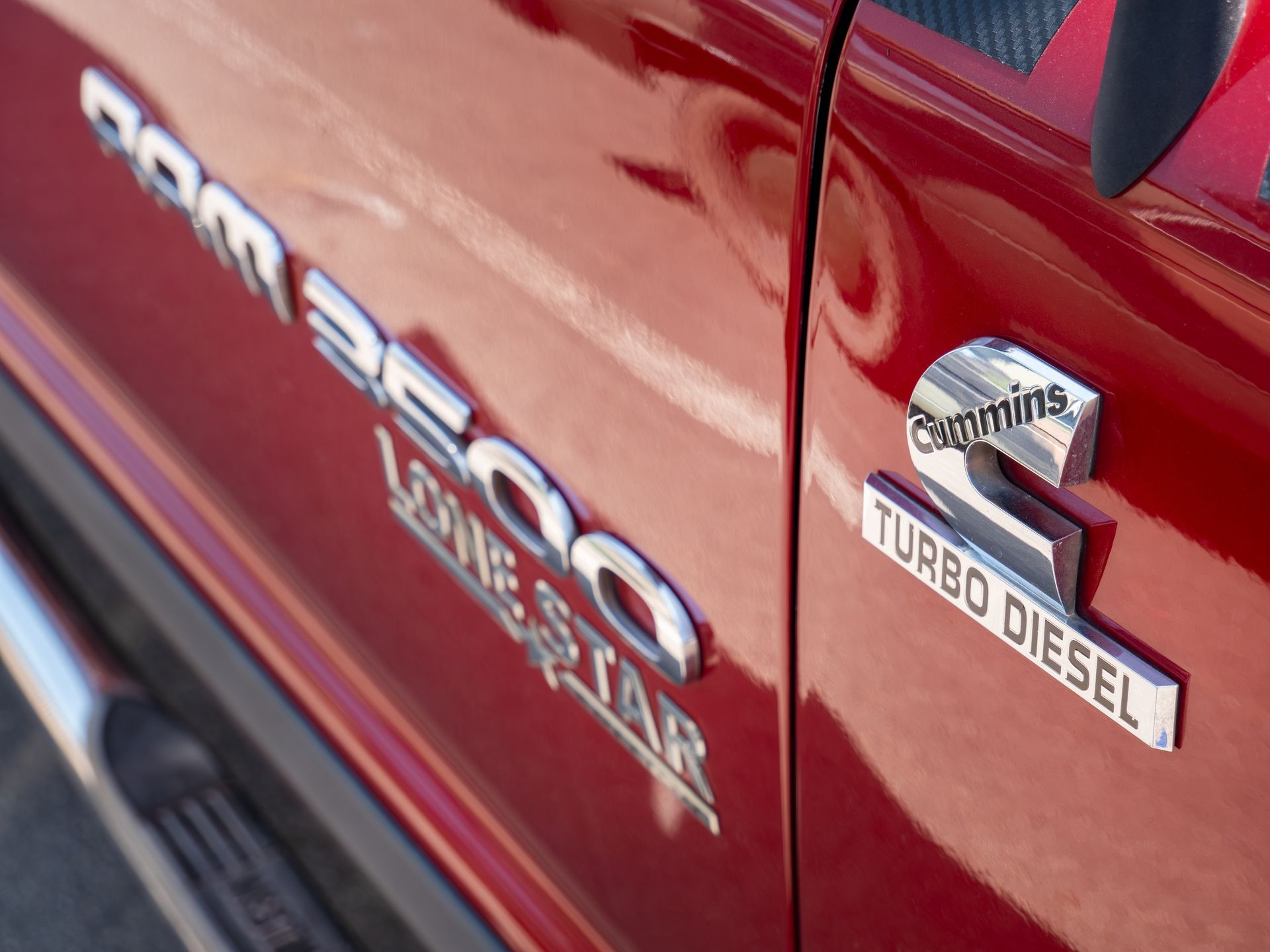Essential Gear Break-in Steps
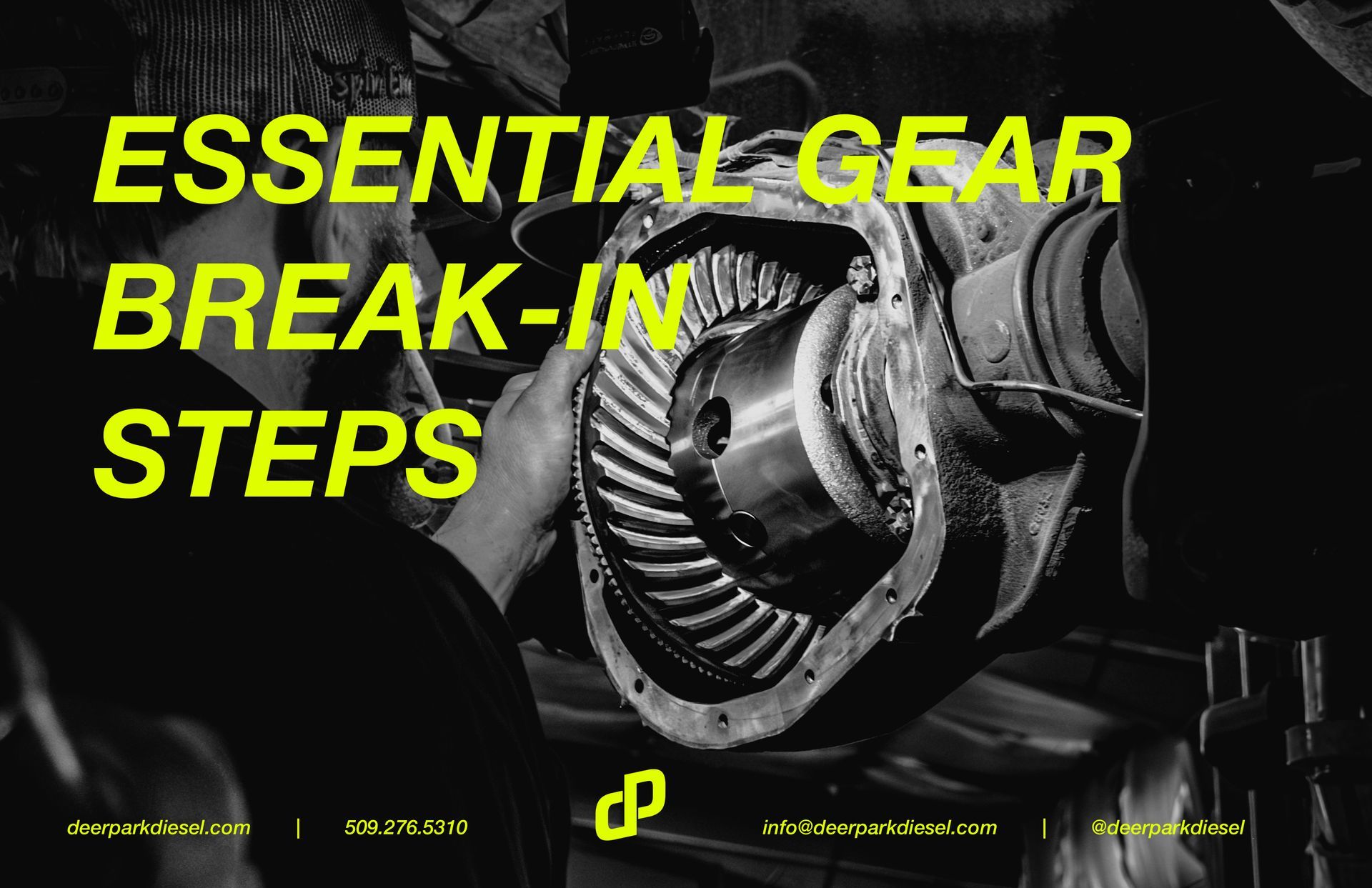
The Importance of Proper Gear Break-In
When you install a new ring and pinion gear set, you’ve already taken the time to set backlash, preload, and contact pattern correctly. But the job isn’t finished yet. The break-in process is what ultimately determines whether your gears will deliver years of smooth performance—or fail prematurely.
Gear break-in is more than just “driving easy” for a while. It’s a controlled process of heat cycling that hardens and polishes the gear teeth, establishing a durable contact pattern. Skip this step—or do it incorrectly—and you risk overheating, rough tooth surfaces, and even total gear failure.
Why Break-In Matters
During normal operation, gears mesh under extreme pressure. The break-in period gradually seasons the contact surfaces, compressing the metal’s grain structure and smoothing the faces. This creates a hardened, mirror-like finish that can withstand long-term stress.
If towing is part of your truck’s life, break-in becomes even more critical. Towing alters the pinion’s position slightly and puts unique pressure on the ring gear teeth. By cycling gears under load during break-in, you strengthen those high-stress areas, preventing early wear.
5 Essential Gear Break-In Steps
To protect your investment and maintain your gear warranty, follow these proven steps:
1. Drive light-footed for the first 15–20 miles
Take it easy—low speeds, no hard throttle. After 15–20 miles, stop and let the differential cool completely before driving again. Repeat this cycle until you’ve reached about 100 miles.
2. Avoid heavy acceleration
For the first 100 miles, no extended highway driving for over 30 minutes, no burnouts, steep hills, or hard pulls. Sudden stress can overheat the gears before they’ve properly hardened.
3. Change the gear oil at 500 miles
Your first oil change is critical. It removes metal particles and protective coatings that shed during early use.
4. Wait 500 miles before towing
Towing too early generates excess heat. Most manufacturers require at least 500 miles of driving before pulling a load.
5. Break-in again under tow
The first time you tow, drive less than 15 miles with the load, then stop and let the differential cool for 20 minutes. Repeat this process two more times to fully condition the gears under towing stress.
How Hot is Too Hot?
Differentials run hot during break-in—250°F to 275°F is normal. But once you hit 300°F, it’s time to stop and cool down. To keep track, invest in a handheld infrared thermometer (about $15–$50). It gives an accurate reading without guesswork.
After break-in:
- Stock trucks typically run 170°F–220°F.
- Towing rigs or trucks with oversized tires often see 200°F–250°F.
Use the chart below as a guide for oil change frequency based on temperature:
170°F 100,000 miles
200°F 50,000 miles
220°F 25,000 miles
240°F 12,000 miles
260°F 5,000 miles
260°–320°F Every 500–1,000 miles (until temps are controlled)
What Happens if You Skip Break-In?
Improper break-in leaves gear teeth coarse and weak. Instead of a hardened, polished surface, the exposed grain structure becomes prone to chipping, fracturing, and peeling. Once the hardened layer fails, backlash changes, the gears run hotter, and damage accelerates.
Other common causes of failure include:
- Overheating from freeway driving too soon – even light throttle at high speeds creates heat the differential can’t dissipate.
- Lack of cooling airflow – heat builds up quickly under certain conditions.
- Using the wrong oil – conventional 80–90 GL5 gear oil is best for break-in. It “quenches” and coats surfaces more effectively than synthetic oil.
Remember: differentials don’t have filters. Any debris stays in the oil until you change it. That’s why fresh oil at 500 miles is non-negotiable.
The Bottom Line
Proper gear break-in isn’t optional—it’s the key to long-lasting, trouble-free performance. By taking the time to heat-cycle your gears correctly, change the oil at the right intervals, and condition them under towing load, you’ll avoid costly failures and protect your investment.
Follow the process once, and your gears will reward you with smooth, reliable operation for years to come.
If you have any more questions and need any more help, don’t hesitate to call us at (509) 262-5310
